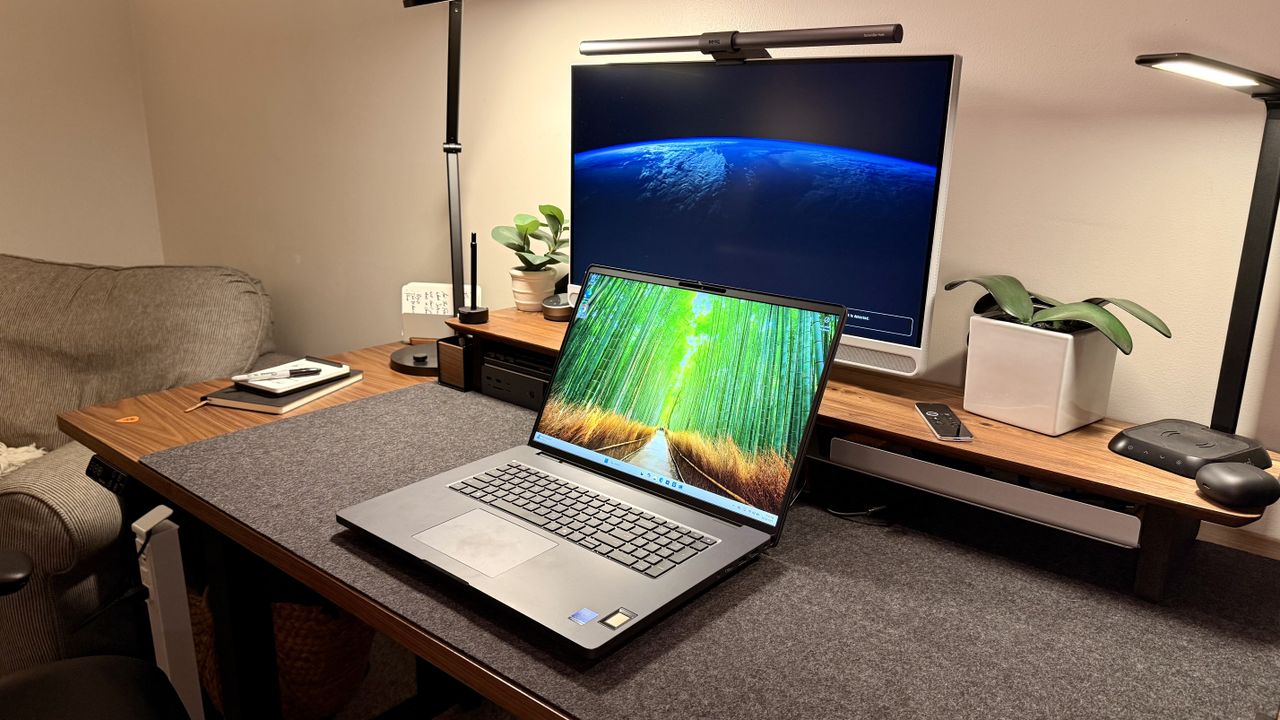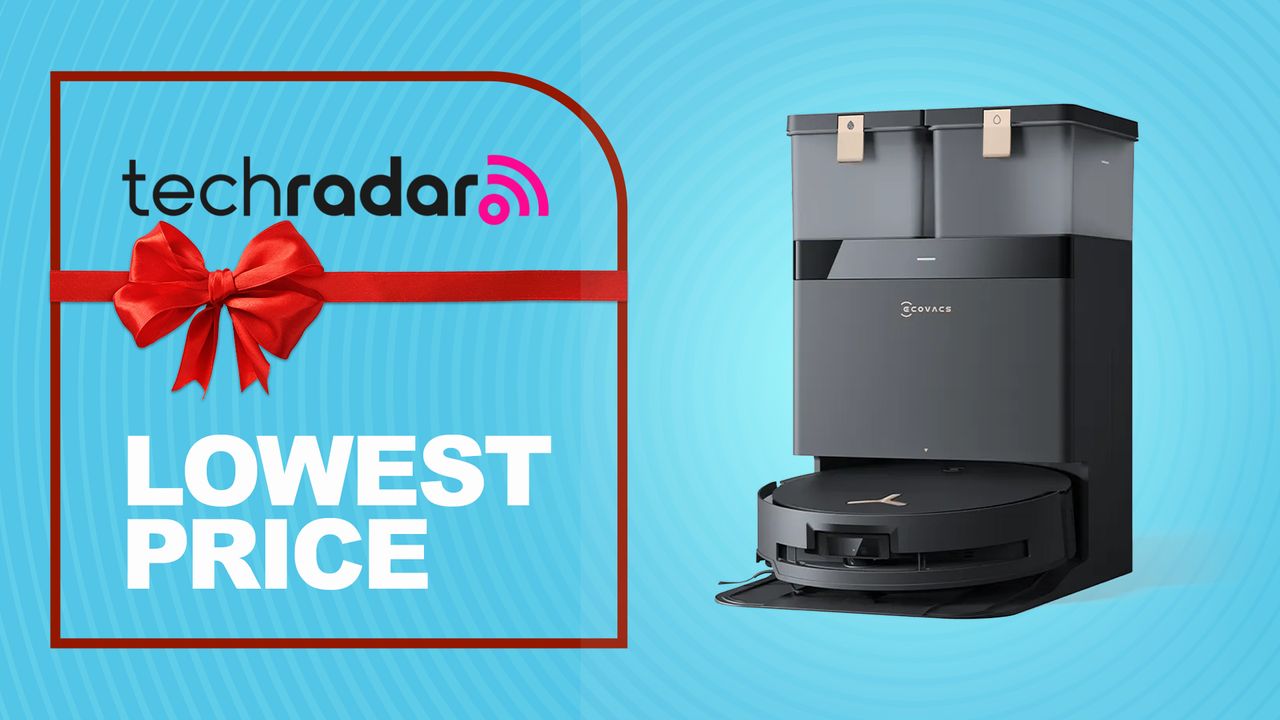Today’s PCs don’t have to be so powerful to get strong performance out of games, and it’s mostly due to occasionally derided but increasingly ubiquitous AI upscaling. For those of us who dream of their smartphones as true gaming powerhouses, chip designer ARM promises that with this same tech, we may finally play big-name titles right from our pockets.
You may not know much about ARM technology, but if you’ve used most smartphones or many of today’s PCs and Macs, you’ve seen the group’s impact. ARM is the creator of much of today’s chip microarchitectures that it then licenses to other companies. Multiple major smartphone manufacturers, including Apple and Qualcomm, have their chips on ARM’s RISC instruction set, which has notably been cheaper to produce while demanding less power to run well. On Tuesday, ARM laid out details for neural technology it’s planning to stick on future chips, which is what will power its own unique AI upscaling technique. Essentially, ARM is introducing a new flavor of AI upscaling, which takes a frame rendered at a lower resolution and uses AI to upscale it to a higher fidelity, all while keeping the enhanced performance. What makes it special is how “Neural Super Sampling” is built specifically for the small smartphone form factor.
Last year, ARM introduced its Accuracy Super Resolution technology. This is what’s called a “temporal” upscaler, which uses information from multiple frames to generate the upscaled image. The chip architecture designers said that temporal super samplers are hard to scale, but “Neural Super Sampling” is something built for mobile. It’s running on trained AI models that help generate the majority of the pixels from an image rendered at 540p and upscaled to 1080p. ARM claims this technique creates visuals that look close to what’s rendered without any softened edges or muddy textures.
Today’s largest PC chip and graphics card makers, including AMD, Intel, and Nvidia, all promote their own super sampling technology. Early examples of the tech, including Nvidia’s first versions of DLSS, or deep learning super sampling, could introduce a bevy of graphical glitches that would hinder the experience despite the better performance. Today’s tech, including DLSS 4 and AMD’s FidelityFX Super Resolution 4 (FSR), is so close to native rendering that some games set upscaling on by default.
While some past upscalers have been hardware agnostic, DLSS and FSR prove that super sampling created specifically for the hardware will inevitably produce much better results, both in performance and visual fidelity. That’s why ARM’s version may prove so dramatic for future smartphones. More players game on mobile worldwide than on both PC and console. Games like Honkai Star Rail and PUBG Mobile don’t have system requirements that demand much power, and most modern phones can run each of these games without issue. The problem is trying to get big-budget AAA games to run on such small devices. I’ve seen Resident Evil 4 played on an iPhone 16 Pro, and it’s hard to ignore the lack of detail, muddy textures, and jagged lines compared to the same game played on even a moderately powerful laptop. There’s also a chance Neural Super Sampling could vastly improve battery life on smartphones when playing intensive 3D games. Titles like Honkai normally chew through battery life when rendering the game at the maximum resolution.
ARM’s new AI upscaler tech is all still pie in the sky until chipmakers and game developers start to take it into account. Upscalers can introduce latency into a game caused by the time it takes for the hardware to process the upscaled frame, which could create a sense of lag when in game. Some chip designs may introduce more lag depending on how makers configure the next-gen GPU, or graphics processing unit. Chipmakers also need to actually enable the neural hardware on future chips, which means we won’t see this technology for at least another year, if not more.
Developers also have to get on board. Though ARM said it’s providing extras like a plugin for Unreal Engine 5—one of the most popular game engines today—game makers need to test what kind of performance uplift they could get from Neural Super Sampling. The audiences for mobile and traditional platforms like PC and console are distinct. Publishers and developers will need to know that this tech works, that there will be enough phone chips using it, and that the audience is there and hungry for bigger and better phone games before any of them put in the work to add Neural Super Sampling compatibility. There are reasons to be optimistic. Our phones are already powerful enough; they may be outstripping older consoles. HoYoverse, the developers behind Genshin Impact, said it was removing the game from the PlayStation 4 because of “limitations related to hardware performance and platform application size.” It’s still available for iPhone and Android.




